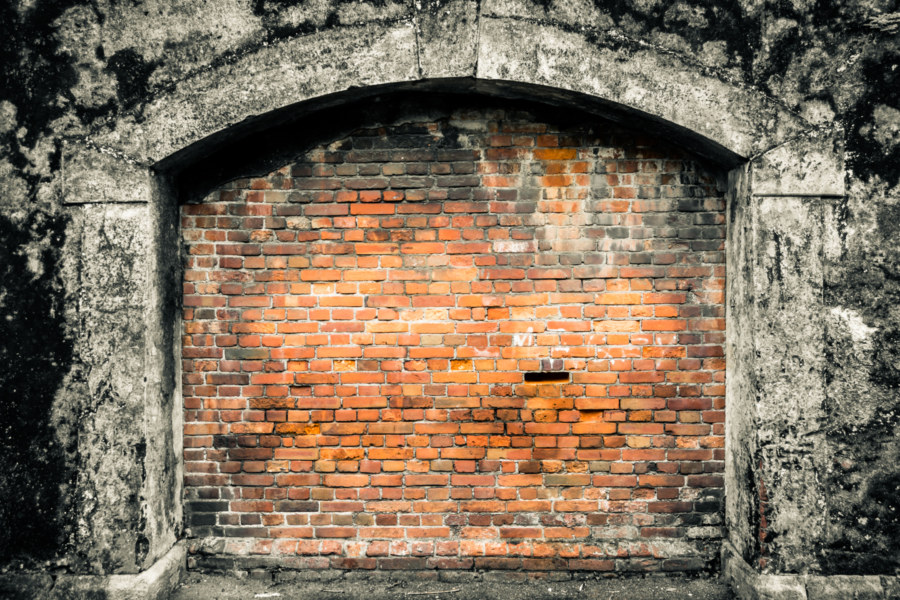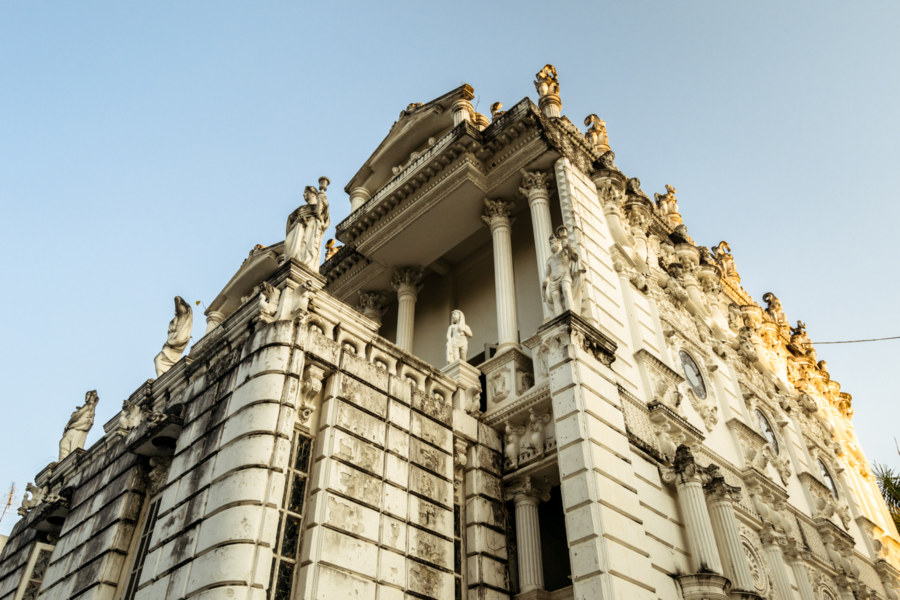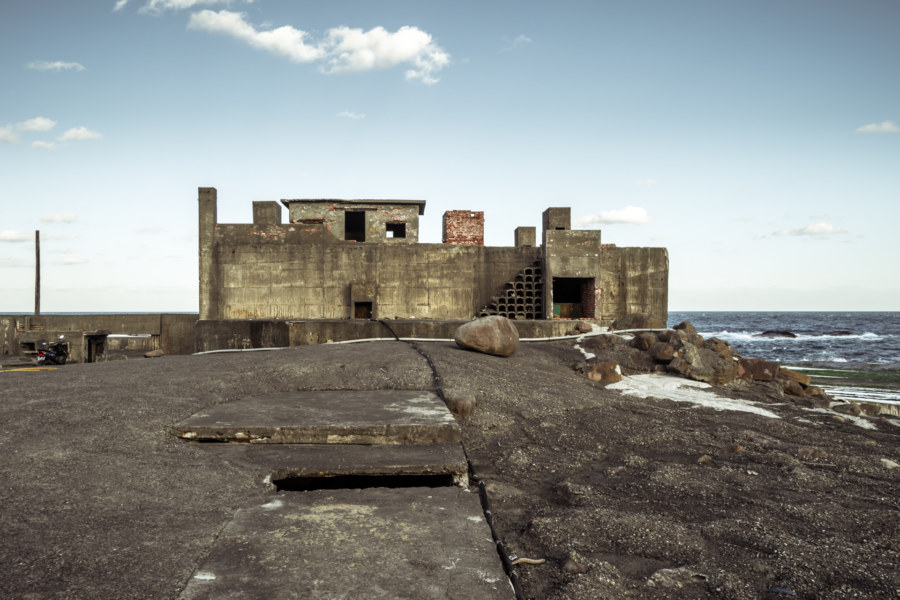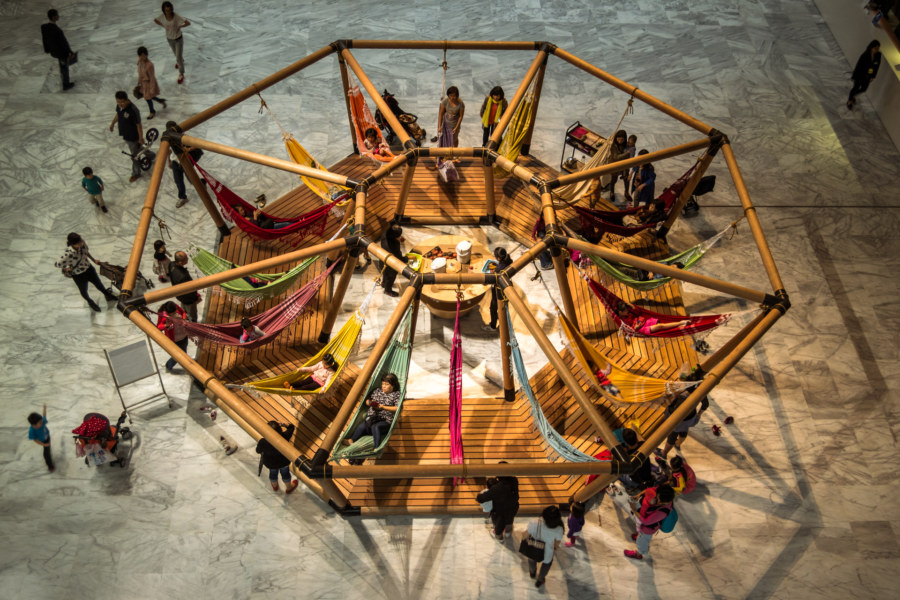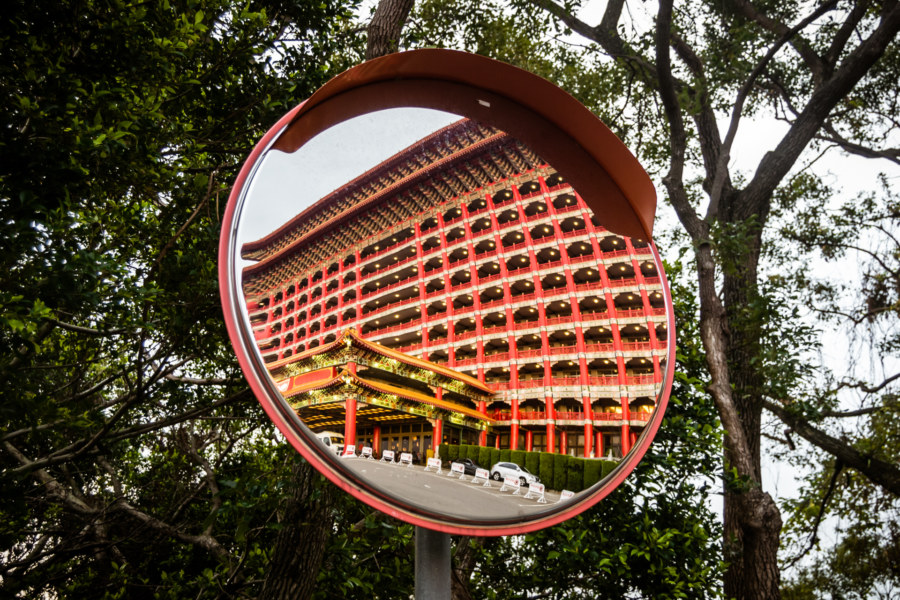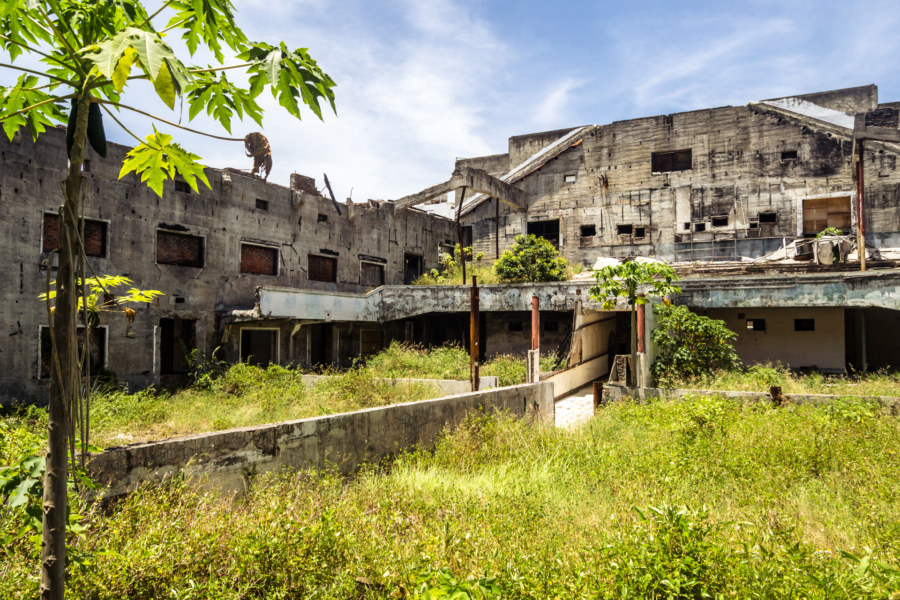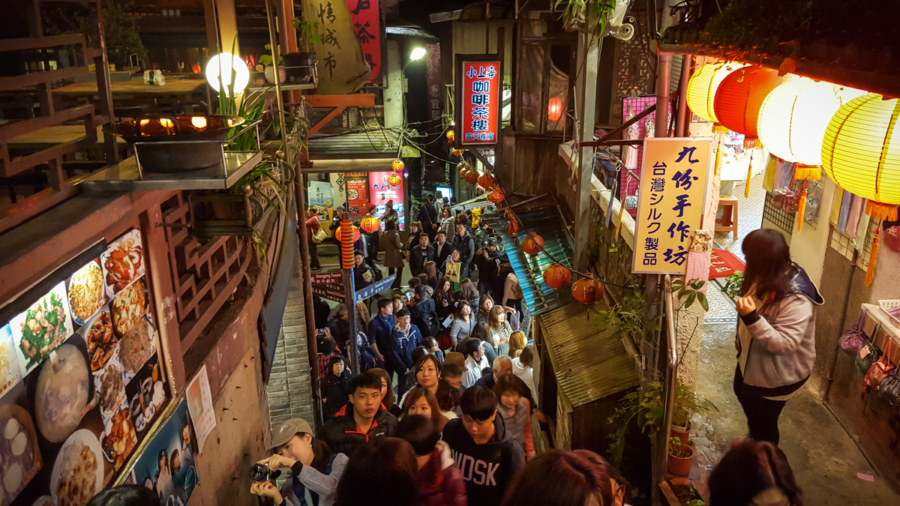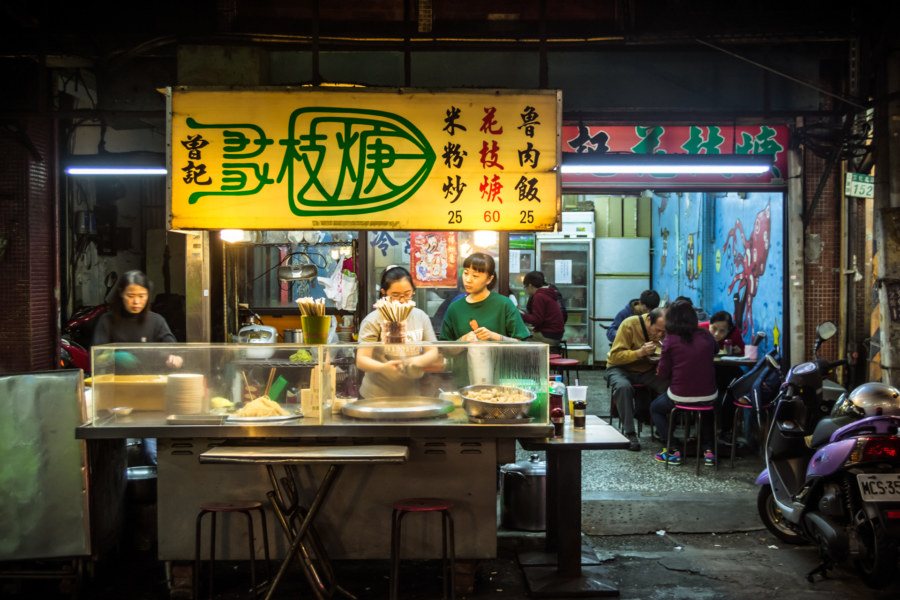Not much remains of the old Taipei Prison (台北刑務所) except the walls along the north and south sides of the prison grounds. Originally known as Taihoku Prison (after the Japanese name for Taipei), it was built in 1904 to incarcerate a burgeoning population of political dissidents, revolutionaries, and activists resisting Japanese colonial rule, though the authorities also imprisoned common criminals here as well. It was also the scene of the needless execution of 14 American soldiers a mere 58 days before the end of World War II. The KMT continued to operate the prison into the bleak years of the White Terror (白色恐怖) before razing it to the ground in 1963.
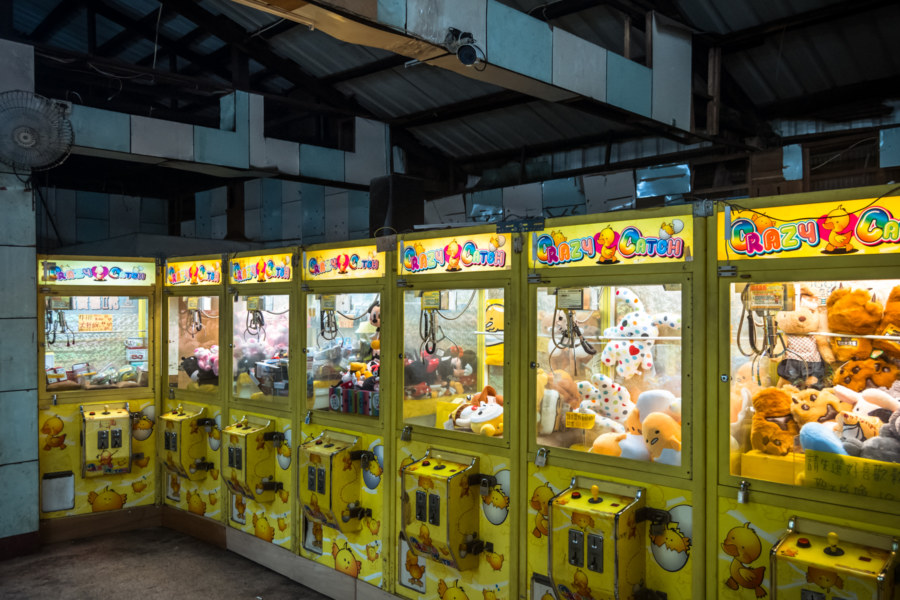
Anything that doesn't really fit anywhere else. The odds and ends, miscellaneous leftovers and random junk.
Subterms
White Lion House, Chiang Mai
Last year I shared my exploration of the House of Success, an extravagant palatial ruin in the northwest corner of Chiang Mai immediately inside the old city walls. In that post I noted that there were two additional buildings of a similar style at the same site, one an active business and the other occupied by squatters. Returning this year for a second visit I was surprised to see that the squatters had left. Wasting no time, I strode into the Jangmuarinnakorn House, more generally known as the White Lion House, to document a previously missing piece of the puzzle.
Qiaoyou Building in the News
Photos from my exploration of the Qiaoyou Building 喬友大廈 in Changhua City were in the Taiwanese news recently. UDN published a story that sparked a fair amount of sharing and discussion on Facebook most prominently here and here.
Explorations of the Pacific Edge 1
These photos were taken two years ago after cycling through the Old Caoling Tunnel 舊草嶺隧道 into Toucheng, Yilan. The first set of six photos were all shot along the rugged shoreline of the Láilái Geological Area 萊萊地質區 while the last four were captured at Mǎgǎng 馬崗, a half-abandoned fishing village on Cape San Diego 三貂角 (pinyin: Sāndiāojiǎo), the easternmost tip of Taiwan. All were captured in Gongliao. From here the vast Pacific Ocean stretches all the way to Baja California in Mexico.
Taipei Biennial 2014: Art in the Age of the Anthropocene
Curated by Nicolas Bourriaud, the Taipei Biennial 2014 was held at the Taipei Fine Arts Museum (臺北市立美術館) in Zhongshan from September into the early part of the new year. The theme is “art in the age of the anthropocene”, the current geophysical epoch defined by humankind’s enormous impact on the natural world. From the curator’s notes: this exhibition is organized around the cohabitation of human consciousness with swarming animals, data processing, the rapid growth of plants and the slow movements of matter
. I am no serious critic but I certainly appreciate thought-provoking art when I see it. Since I haven’t any expertise in this area I’m mostly going to let the photos speak for themselves, however incomprehensible that might be. Much like the Xu Bing retrospective it was an inspiring experience so I’d like to have a record of it here on my blog.
Taipei Grand Hotel 圓山大飯店
Yesterday’s impromptu ride around the riverside bikeway network delivered me to the palatial Grand Hotel (Yuánshān Dàfàndiàn 圓山大飯店), a famous landmark in Zhongshan, Taipei. Located on a hilltop overlooking a bend of the Keelung River (基隆河), it was established in 1952 at the behest of generalissimo Chiang Kai-shek to provide the ruling elite with a luxurious place to host and entertain foreign dignitaries. The distinctive building seen in these photos was completed in 1973 and was the tallest building in the Free Area of the Republic of China until 1981.
Zhongyuan Theater 中源大戲院
Zhōngyuán Theater 中源大戲院 is a second-run theater located in the heart of Zhongyuan Night Market 中原夜市 in Zhongli, Taiwan. Zhongyuan Theater is ideally located next to the university of the same name amidst a huge population of budget-conscious students—which may explain why it remains in business unlike hundreds of other old theaters that have fallen into ruin in recent years, victims of changing consumer habits and strong competition from more modern multiplexes. Zhongyuan is also one of the very last theaters in the nation where you will find hand-painted movie posters hanging outside, a nostalgic practice more widely associated with Chin Men Theater 全美戲院 down in Tainan.
Taitung Datong Theater 台東大同戲院
In June 2015 I undertook a bicycle trip from Tainan to Taitung City, where I spent an extra day wandering around to get more of a feel for Taiwan’s remote southeastern capital. Mere minutes after leaving my hotel, immediately after chancing upon the historic Taitung Chinese Association 台東中華會館, I noticed the stark outline of an abandoned building at the end of a short laneway leading off of Zhōngzhèng Road 中正路. After taking a closer look I realized it was yet another abandoned movie theater, of which there are many scattered all around Taiwan.
A Quick Trip to Jiufen and Keelung
Last weekend I enjoyed a couple of days outside of Taipei in the northeastern part of Taiwan. I went there with friends, ostensibly to show them around Jīnguāshí 金瓜石 and Jiǔfèn 九份, a famous mining town and major tourist attraction in the mountains of Ruifang, and ended up staying in Keelung for the night on a whim. Having recently purchased a new phone I bombarded Instagram with numerous pictures and plenty of commentary as the trip progressed. This quick and dirty post is a collection of some of my better smartphone snapshots as well as an experiment in blogging with broader brushstrokes. Perhaps you will get a sense of how I travel: spontaneously, intuitively, and with a keen eye for details.
Archaic Squid Soup
I was wandering through Sānhé Night Market 三和夜市 on the first day of the new year when this small shop caught my eye. The formal name of the place is Céngjì Huāzhīgēng 曾記花枝羹 and, as the last three characters would suggest, they specialize in squid thick soup, a popular Taiwanese snack. The highly stylized characters on the signboard look something like seal script 篆書 to my inexpert eyes—with the last character, “gēng 羹”, swapped for the more traditional “焿”. Don’t ask me to make sense of that first character, mind you—it is enough to know that “huā 花” means flower.
